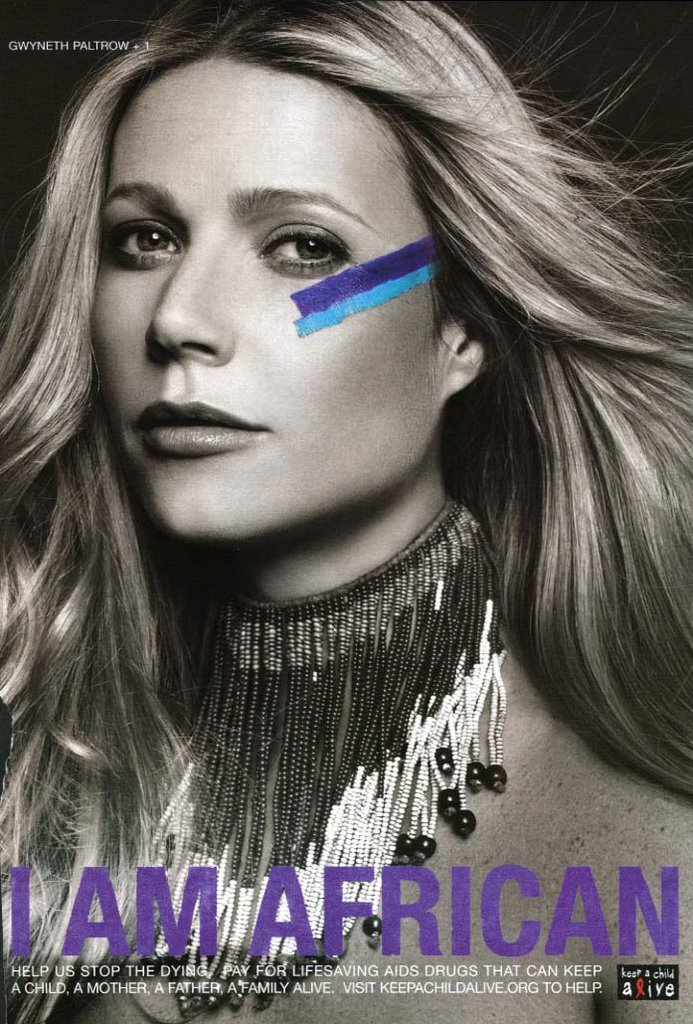This week on i-Muse we had the fantastic opportunity to interview e.quinox, a volunteer initiative set up in 2008 by undergraduates at Imperial College, London. The initiative has been successful in delivering renewable power to inhabitants of a remote village in Rwanda called Minazi.
With a population of 10 million people, Rwanda has the worst per capita electricity supply globally. Remote villages, like Minazi often have difficulty in obtaining electrical power: Located in the mountainous regions of the country, inhabitants often rely on kerosene, as fuel for cooking and lighting, a more expensive alternative to electricity. e.quinox’ initiative has resulted in a cheaper alternative source of power for villages and enough surplus energy to power other infrastructure projects.
Please show your support by visiting their website: www.e.quinox.org
Below are extracts from our interview with Daniel Choudhury, one of the volunteers:
What was the inspiration that led you to set up equinox?
e.quinox was set up in the summer of 2008 at Imperial College London, with a vision to bridge the gap between the classroom and the ‘real world’. Our project tackles one of the most challenging issues in the developing world - rural electrification; whilst providing students with hands on experience, furthering learning and research.
e.quinox endeavours to provide a complete solution to rural electrification, from the technical aspect to ensuring long-term viability using innovative business models.
Could you provide some background information on the leadership team?
e.quinox’ leadership team consists largely of undergraduates, ranging from students in their first year of undergraduate study to a few PhDs.
Whilst the Chairman is responsible for making overall decisions, each of the specialist teams - Technical Development, Information, Expedition, Finance and Business strategy are lead by a Head to manage their respective areas of responsibility.
Could you give an overview on the operational mechanics of delivering electricity to local communities and a case study on your pilot project Rwanda?
e.quinox’ solution can be broken down into two parts: generation of power using the centralised charging kiosk and distribution of power via portable Battery Boxes.
The latest version has a 5Ah gel-based lead acid battery, providing 25-30 hours of lighting with our supplied LED lamps. In addition, an in-built inverter allows for connection of small electrical appliances such as radios and mobile phone chargers, by conversion to 230V AC power.
The Energy Kiosk acts as a centralized charging station for the Battery Box. The business model and battery distribution is an innovation by itself, culminating in a breakeven prediction, making this solution wholly self-sustainable. Current calculations predict a breakeven duration of 5 years, and such studies are of particular interest for private/public investors.
Our pilot project in Minazi, Rwanda started off with electrifying 60 households. We’re learning more and more about the rural Rwandan market every step of the way. This year, we plan on expanding to two more areas, and expanding the current Minazi set up – to give a total of 360 households being served.
Do you have any involvement with local communities in terms of electricity delivery?
e.quinox members travel to the kiosk sites twice a year to upgrade current systems or set up new ones – these trips often involving scouting new locations for deployment of energy kiosks. We receive a lot of support from our local partners in Rwanda – the Belgian Technical Corporation (“BTC”) and the Kigali Institute of Science and Technology (“KIST”).
How is equinox financed?
e.quinox is financed through grants received through its sponsors and partners or through awards. A large amount of this year’s finances were raised through the prizes awarded to e.quinox or its members – these include the JP Morgan Good Venture Award, the IEEE Change the World Student Humanitarian Supreme Award and the John Lever Award.
Interestingly, e.quinox’ business model has many similarities with what Dr Mohammed Yunus (founder of micro-credit) refers to as a “social business”.
What is your long-term vision for the organisation?
e.quinox’ vision is to develop and implement a rural electrification solution, overcoming the many obstacles that come in its way. The project is not meant to “be charitable”, but to help rural communities “help themselves”.
We want our projects to inspire others – students, organisations or entrepreneurs – to take the challenge of solving such a major issue, at the same time providing students with invaluable, real-world experience in Engineering, Socioeconomics, Finance, Marketing and the various other aspects involved in our project.




